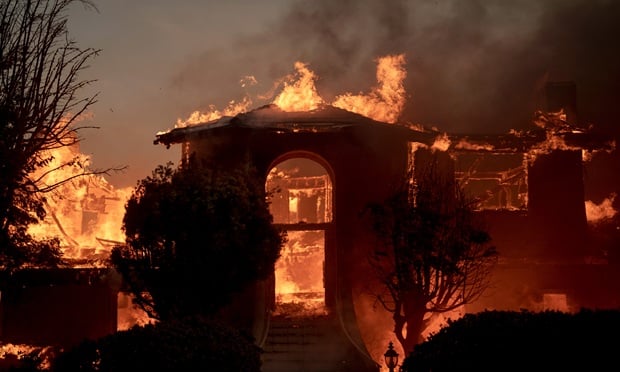Global warming causing extreme weather events could mean increased catastrophe losses for insurers, reinsurers and investors in sidecars and natural catastrophe bonds, according to a report from Standard & Poor's Ratings Services.
The study said insurers and reinsurers are already changing how they manage the catastrophe risk in their portfolios, and investors are changing the way they assess these risks.
Scientists generally attribute the past few years' strong increase in catastrophic weather activity (notwithstanding 2006's unexpectedly calm U.S. hurricane season) to the current warm phase in the sea surface temperature cycle, S&P said.
The alternating warm and cold cycles last between 20 and 50 years. Warm phases are known to correlate strongly with high cyclone or hurricane activity. As the current warm phase began in 1995, at least another 10 years of potentially extreme weather conditions might remain, which could result in increased costs to the insurance industry, according to the study.
S&P analyst James Brender said the report does not address the issue of whether the current warming is part of a naturally recurring cycle, or caused by man and must be remedied with steps such as reducing CO2 emissions.
"We are focusing primarily on the impact on catastrophe losses," he said.
The 2004 and 2005 U.S. hurricane seasons, each of which contained four severe catastrophic storms, were truly wake-up calls for the insurance industry, the report noted.
In 2004, four major hurricanes hit Florida. In the following year, four even more devastating storms hit, including Katrina, which itself resulted in higher insured losses from one event than any other natural catastrophe on record.
The unprecedented losses from all of these storms forced insurers, reinsurers and the modeling firms with which they consult to reassess their assumptions when modeling weather-related risk in the Atlantic basin and refine models to estimate and mitigate that risk more effectively, the study said.
To help mitigate their exposure, risk-transfer vehicles for insurers came into prominence. Sidecars and risk-transfer securitization instruments--such as catastrophe bonds and industry loss warranties--all saw marked increases in issuance and use. These instruments, all of which are largely funded by the capital markets, provide capacity while shielding issuers and sponsors from the risk's direct financial impact, S&P said.
Want to continue reading?
Become a Free PropertyCasualty360 Digital Reader
Your access to unlimited PropertyCasualty360 content isn’t changing.
Once you are an ALM digital member, you’ll receive:
- Breaking insurance news and analysis, on-site and via our newsletters and custom alerts
- Weekly Insurance Speak podcast featuring exclusive interviews with industry leaders
- Educational webcasts, white papers, and ebooks from industry thought leaders
- Critical converage of the employee benefits and financial advisory markets on our other ALM sites, BenefitsPRO and ThinkAdvisor
Already have an account? Sign In Now
© 2024 ALM Global, LLC, All Rights Reserved. Request academic re-use from www.copyright.com. All other uses, submit a request to [email protected]. For more information visit Asset & Logo Licensing.








